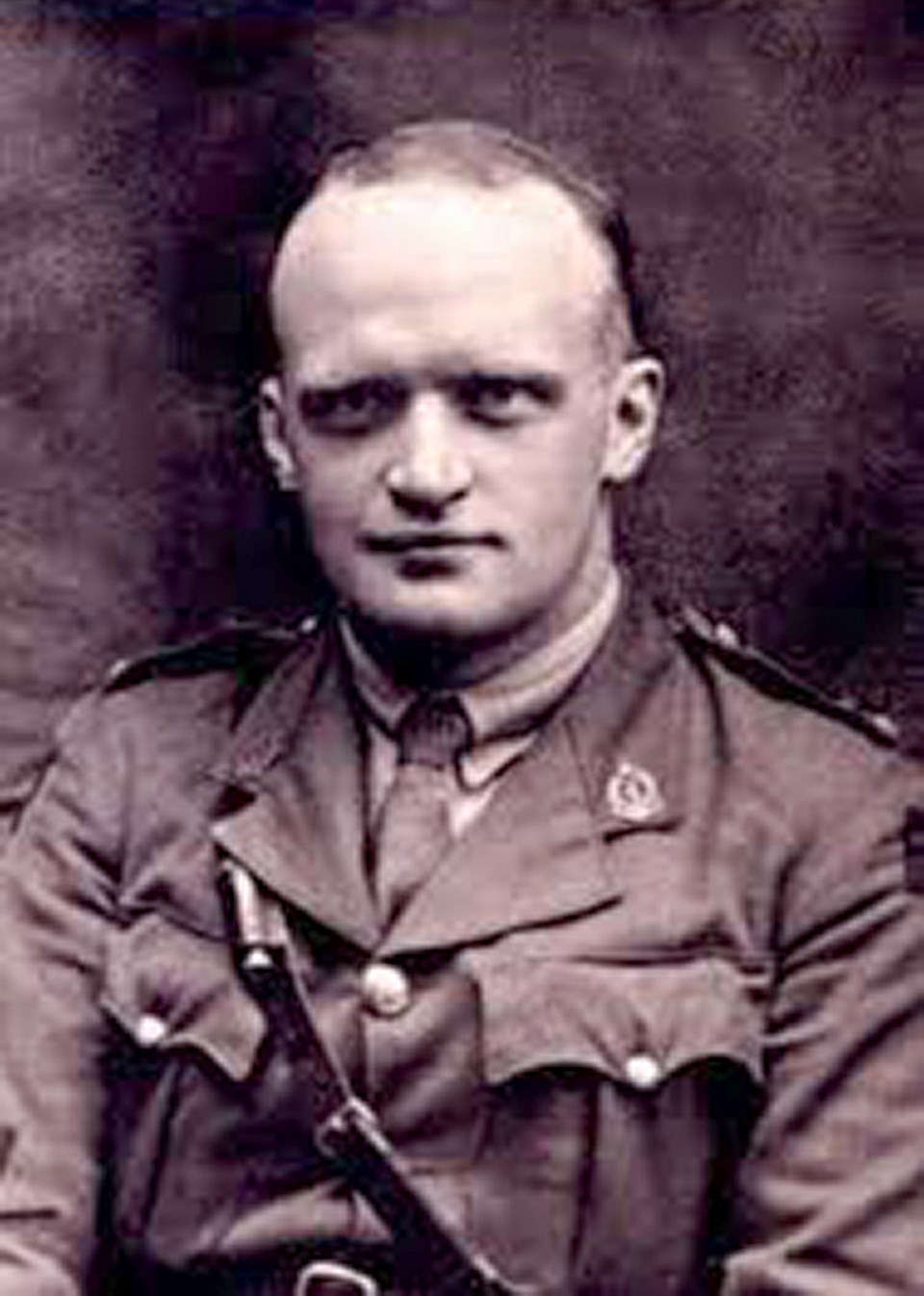 The village of Villers-au-Bois lies 11 kilometres northwest of the French city of Arras, and just outside the village sits a cemetery.
The village of Villers-au-Bois lies 11 kilometres northwest of the French city of Arras, and just outside the village sits a cemetery.
The cemetery holds the grave of a Sarnia-Lambton war hero. He is a patriot still revered today at the University of Alberta (U of A), and a man who should be much better known locally.
The story of Heber Havelock Moshier was brought to me by Hogan Pharmacy’s John Baxter – a fellow alumnus in pharmacology of his celebrated predecessor at the U of A.
From 1914 to 1916, Moshier was the first Director of Pharmacy at the university. He was featured recently in “The Mortar and Pestle” – the aptly named magazine of the university’s Faculty of Pharmacy and Pharmaceutical Sciences.
Moshier was born in Sombra almost 132 years ago, on Jan. 11, 1889. He went to high school at Sarnia Collegiate and then headed to the University of Toronto’s Faculty of Medicine. After graduating at the tender age of 20 he served on staff at Toronto General Hospital.
Dr. Moshier married and moved to Calgary, and served in the military reserves. In 1914, he was appointed Director of Pharmacy at U of A, as well as professor and chair of the Department of Physiology. At the time, physiology included the disciplines known today as pharmacology and biochemistry.
Moshier soon gained fame for recruiting the department’s most distinguished professor – James B. Collip, who was instrumental in the discovery of insulin.
When war broke out that August the university’s president nominated Moshier to establish and lead a contingent of the 11th Canadian Field Ambulance. He became a Major.
Moshier’s army unit was responsible for gathering up the wounded, operating advanced dressing stations on the front lines, and triaging and evacuating the sick and injured from the battlefield.
As war raged around them, Moshier’s 11th Field Ambulance served at the battles of the Somme, at Vimy Ridge, and at Passchendaele.
As horrific casualties mounted on the Western Front and aid stations became overwhelmed, Moshier, now a Lt. Colonel, took his stretcher-bearers and medical assistance even closer to the front lines.
On Aug. 29, 1918, at only 30 years of age, this distinguished Canadian doctor, professor and war hero was killed in action.
It was said at his burial in France: “It is given to a few men to leave so much achievement behind them at such an early age ... to lose Colonel Moshier was to suffer one of the heaviest losses in the Unit's history."
This is a Sarnia-Lambton hero worthy of remembering.
